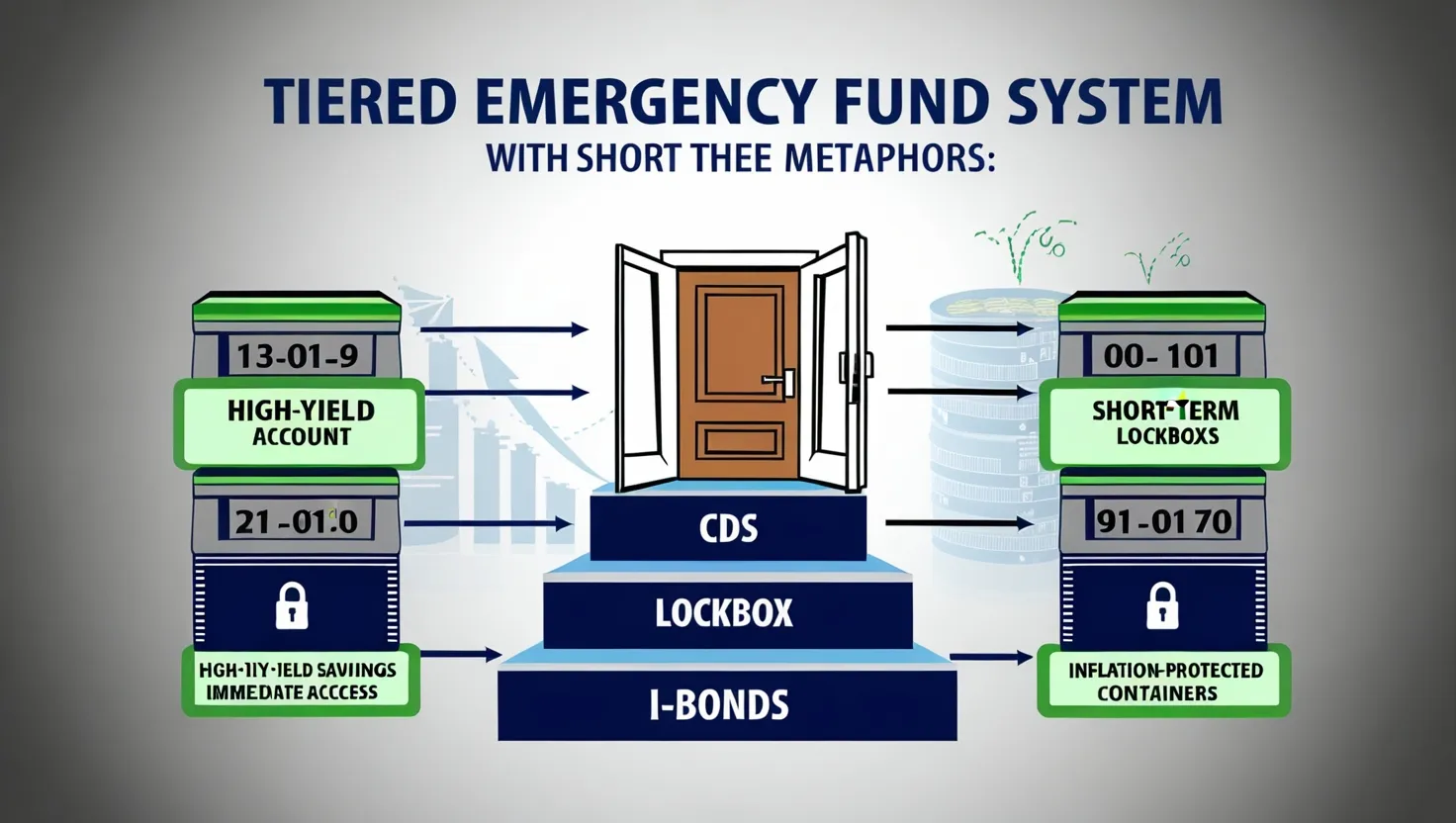Bond ladders offer a strategic approach to generating income while managing interest rate risk. This method involves purchasing a series of bonds with staggered maturity dates, creating a structure that provides regular cash flow and opportunities for reinvestment. Let’s explore how to leverage this strategy effectively.
The concept of bond laddering is rooted in the idea of spreading risk across different time horizons. By investing in bonds that mature at regular intervals, you create a steady stream of income and the flexibility to reinvest as market conditions change. This approach can be particularly beneficial for retirees or those seeking consistent cash flow from their investments.
To begin building a bond ladder, you’ll need to determine the total amount you want to invest and the time frame you’re targeting. For example, let’s say you have $50,000 to invest over a five-year period. You might divide this amount into five equal portions of $10,000 each, investing in bonds that mature in one, two, three, four, and five years respectively.
As each bond matures, you have the option to reinvest the proceeds into a new bond at the long end of your ladder. This process continues, maintaining the structure of your ladder over time. The beauty of this approach lies in its ability to provide both stability and adaptability.
One of the key advantages of bond laddering is its ability to mitigate interest rate risk. When interest rates rise, you can reinvest maturing bonds at higher yields. Conversely, if rates fall, you still have longer-term bonds in your ladder that were purchased at higher rates. This balancing act helps smooth out the impact of interest rate fluctuations on your portfolio.
“In investing, what is comfortable is rarely profitable.” - Robert Arnott
This quote reminds us that while bond ladders offer a degree of comfort through their structured approach, they also provide opportunities for growth and adaptation in changing market conditions.
When constructing your bond ladder, it’s important to consider the types of bonds you’ll include. A mix of government and high-quality corporate bonds can provide a balance between safety and yield. Government bonds typically offer lower yields but come with minimal default risk, while corporate bonds may offer higher yields but carry more risk.
Have you considered how different types of bonds might fit into your ladder strategy? What balance of risk and reward are you comfortable with?
The length of your ladder is another crucial consideration. Shorter ladders (e.g., 1-5 years) offer more frequent reinvestment opportunities but may sacrifice some yield. Longer ladders (e.g., 1-10 years) can potentially capture higher yields on longer-term bonds but reduce flexibility. The right choice depends on your individual financial goals and risk tolerance.
As you implement your bond ladder strategy, it’s essential to maintain discipline in your reinvestment approach. When a bond matures, resist the temptation to deviate from your plan based on short-term market movements. Consistency is key to reaping the full benefits of the ladder structure.
“The individual investor should act consistently as an investor and not as a speculator.” - Benjamin Graham
This wisdom from the father of value investing underscores the importance of sticking to your strategy, even when market conditions might tempt you to do otherwise.
One often overlooked aspect of bond laddering is the potential for customization. You can tailor your ladder to meet specific income needs or align with future financial obligations. For instance, if you know you’ll need a larger sum in three years for a major expense, you could allocate more funds to bonds maturing at that time.
Have you thought about how you might customize your bond ladder to align with your unique financial timeline?
It’s also worth considering the role of bond funds or ETFs in your ladder strategy. While individual bonds offer precise control over maturity dates, bond funds can provide greater diversification and liquidity. Some investors choose to combine individual bonds and funds to create a more robust ladder structure.
As you build and maintain your bond ladder, regular monitoring and rebalancing are crucial. Keep track of your reinvestment schedule to avoid gaps in income generation. Additionally, stay informed about changes in the bond market that might affect your strategy.
Remember that while bond ladders can provide stability, they’re not immune to all risks. Credit risk, inflation risk, and liquidity risk are still factors to consider. Diversifying across different bond issuers and maintaining an emergency fund outside your ladder can help mitigate these risks.
“The most important quality for an investor is temperament, not intellect.” - Warren Buffett
This insight from the Oracle of Omaha reminds us that successful investing, including bond laddering, requires patience and emotional discipline.
As you become more comfortable with bond laddering, you might explore more advanced strategies. For example, you could create multiple ladders with different purposes - one for short-term liquidity and another for long-term growth. Or you might adjust your ladder structure based on your evolving financial needs and market conditions.
Bond ladders offer a powerful tool for income generation and risk management, but they require thoughtful implementation and ongoing attention. By carefully structuring your ladder, maintaining discipline in your reinvestment strategy, and staying attuned to market conditions, you can create a reliable income stream that adapts to changing interest rate environments.
What aspects of bond laddering intrigue you most? How might this strategy fit into your overall investment approach?
As we wrap up our exploration of bond laddering, it’s clear that this strategy offers a blend of stability and flexibility that can be particularly appealing in uncertain economic times. Whether you’re a retiree looking for consistent income or an investor seeking to manage interest rate risk, bond ladders provide a structured approach to fixed-income investing that’s worth considering.
Remember, the key to successful bond laddering lies not just in the initial setup, but in the ongoing management and adaptation of your strategy. Stay informed, remain disciplined, and don’t hesitate to seek professional advice if needed. With careful planning and execution, bond ladders can become a valuable component of your investment portfolio, helping you navigate the complex world of fixed-income investing with greater confidence and control.






